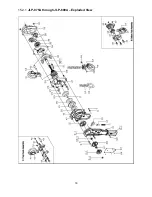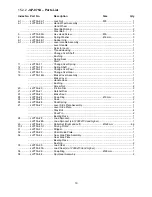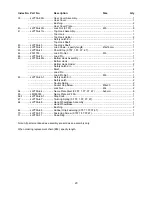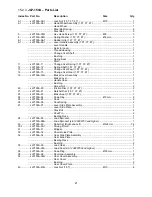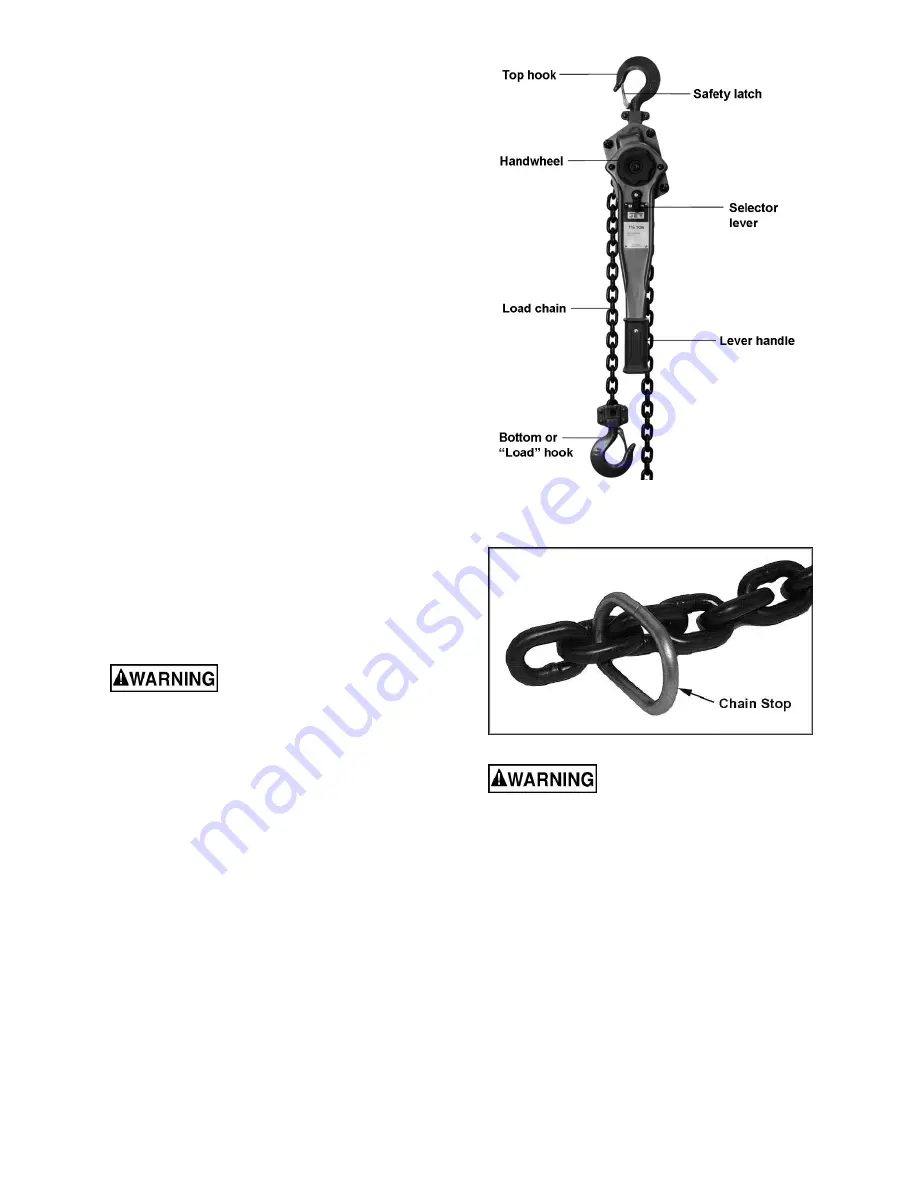
7
6.0
Unpacking
Open carton and check for shipping damage.
Report any damage immediately to your distributor
and shipping agent. Do not discard any shipping
material until the Lever Hoist is assembled and
running properly. Read this entire instruction
manual thoroughly for set-up, maintenance and
safety instructions.
6.1
Contents of the carton
1 Lever
Hoist
1 Operating Instructions and Parts Manual
1 Product Registration Card
1 Test
Certificate
7.0
Installation
Support for the hoist may be hook, clevis pin,
trolley, or beam clamp. Whatever method of
suspension is chosen, the support components
must
be rated equal to, or greater than the
capacity of the lever hoist. Supporting structures
(such as I-Beams, etc.) should be installed by
properly licensed professional installers.
8.0
Initial inspection
8.1
Inspecting the chain
•
A chain stop must be attached to the
second-to-last link on the slack end of the
chain. See Figure 2 for an example.
Do not operate the hoist with a
twisted, kinked or damaged chain. Do not splice
the chain.
•
Check that the chain does not twist along
its length from hoist to hook.
•
Replace the chain if links are stretched too
long or seriously worn on the surface,
especially at the points where links contact
each other. See “Allowable Limits” on page
11 for measuring chain elongation.
•
Do not use a chain that is seriously rusted
or cracked.
•
Periodically apply a light coat of 30-weight
oil to the chain. This will create easier
operation and prolong the chain’s life. For
optimum results, clean the chain with an
acid-free solution before oiling.
•
Never
extend load chain by welding a
second piece to the original.
Figure 1
Features and Terminology
Figure 2
The load chain supplied with
your JET lever hoist is designed, manufactured,
and tested for proper fit and durability. If chain
should ever need replacing, for your own safety
use factory replacement chain only. Use of
other than factory replacement chain may
cause serious injury and/or damage to the lever
hoist.
8.2
Inspecting hooks
It is important to check top and bottom hooks for
proper opening and other signs of deformation or
damage. Replace a hook immediately if any of the
following problems are identified:
•
The safety latch no longer contacts the
hook opening.


















